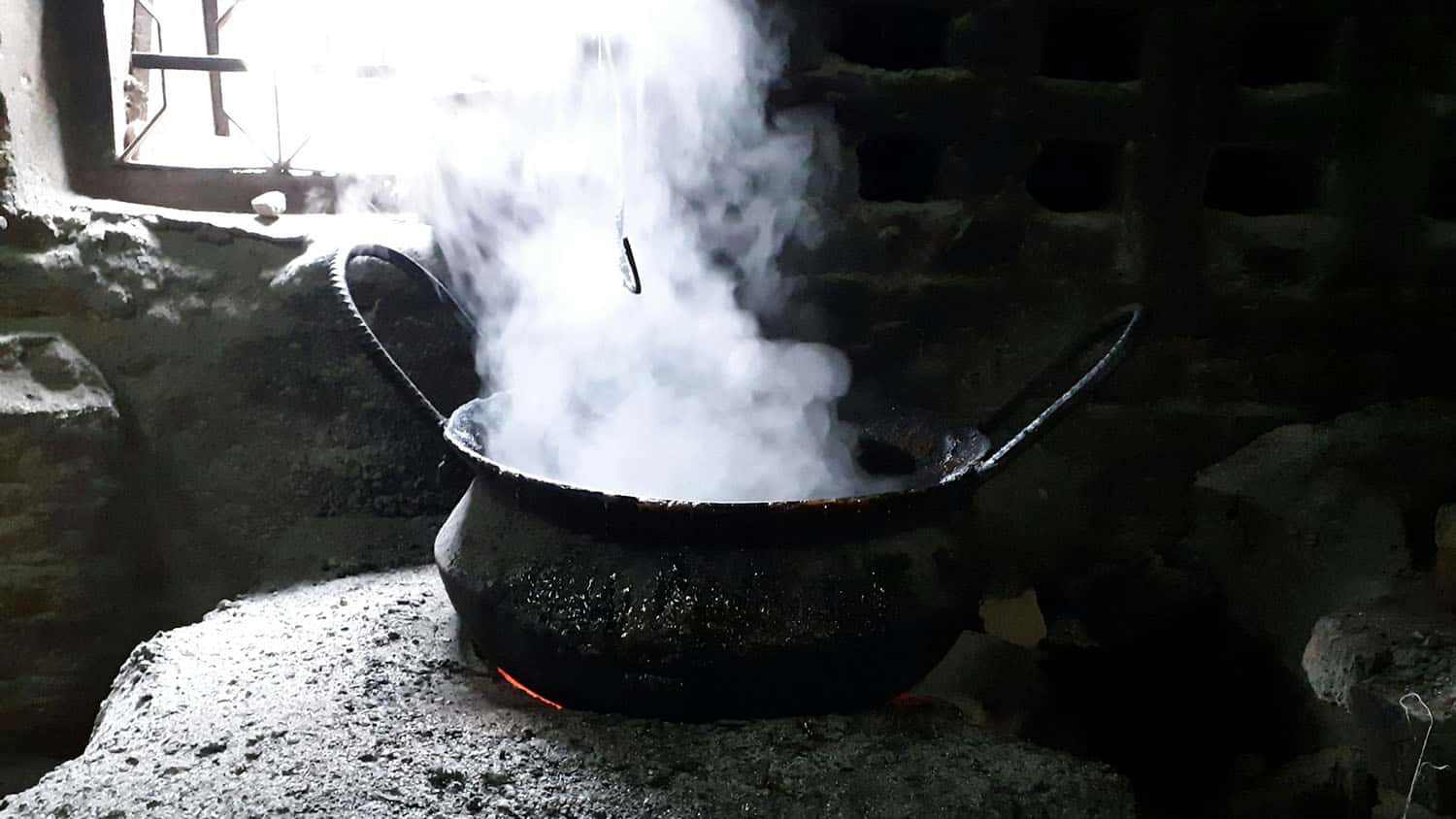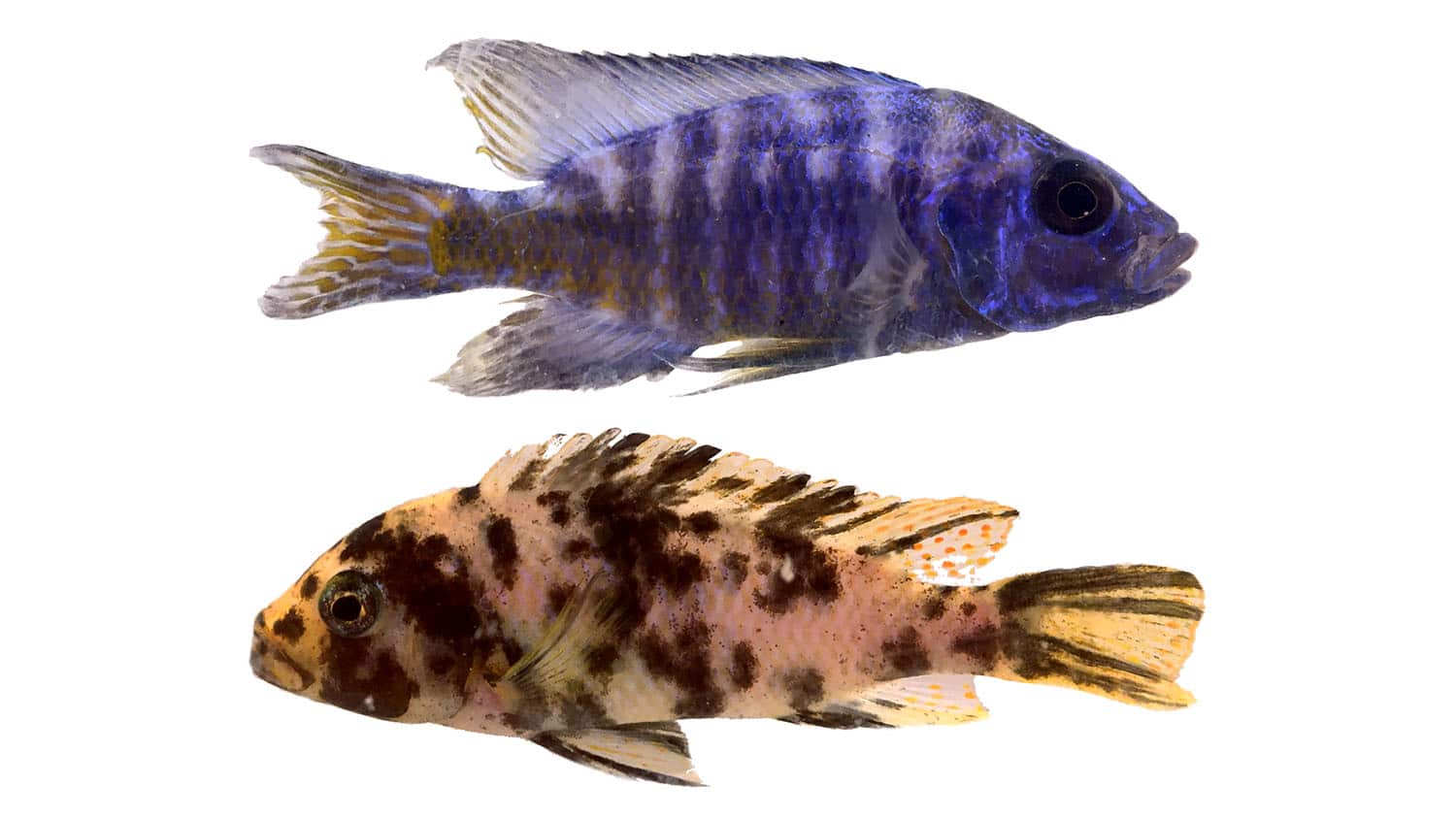What Are the Tradeoffs When People Have to Choose Between Clean Air and Clean Water?

For Immediate Release
People in many parts of the world lack access to clean water, but boiling water to make it safer often requires burning wood or other dirty fuels that expose them to air pollution. How do these two risks compare to each other? A new study suggests that, while health risks from the resulting air pollution are real, the benefits associated with boiling water generally outweigh those risks.
“In places where there is not centralized infrastructure that provides clean water, the responsibility for addressing that risk falls to individual households,” says Angela Harris, co-corresponding author of a paper on the study and an associate professor of civil, construction and environmental engineering at North Carolina State University. “The advice to those households is often to boil the water before using it, but these households often have to rely on heating sources that carry risks of their own. The research community has generally looked at these risks separately, with less attention paid to how the risks overlap.
“Our goal with this study was to assess the risks in a way that allows us to better understand the tradeoffs people make between clean air and clean water.”
For this study, the researchers modified and integrated existing computational models designed to estimate the health effects associated with consumption of contaminated water and exposure to air pollution from cookstoves. The models account for different levels of water contamination and cookstoves that produce varying levels of pollution.
“For example, cookstoves that we accounted for in this work ranged from cooking over an open woodfire to using an electric stovetop,” says Andrew Grieshop, co-corresponding author of the paper and a professor of civil, construction and environmental engineering at NC State. “We then used the modeling framework to conduct case studies for Uganda and Vietnam, drawing on demographic and public health data from both countries.”
“Our results reflect the established science that if people only have access to highly contaminated water, then boiling that water drastically reduces risk – particularly for children,” Harris says. “And we found that if households are already using unclean cookstoves to prepare meals, then also using those cookstoves to boil water causes only an incremental increase in risk.
“In other words, the modeling suggests that this is a tradeoff worth taking, especially for households with young children.”
“By the same token, our modeling also supports previous studies that underscore the importance of reducing air pollution,” says Grieshop. “Improving ambient air quality benefits public health; boiling contaminated water improves public health; and boiling water while also transitioning to cleaner cookstoves makes a truly meaningful difference to public health.”
The researchers note that, in addition to their research findings, the modeling framework they developed may also be a useful tool for others.
“We’re optimistic that public health organizations can use the modeling framework as a starting point and improve upon it by incorporating country- or region-specific data that would make it even more accurate and useful for informing public health efforts,” Grieshop says.
“For example, public health organizations can plug in the water quality and ambient air quality of a region, or address how different communities heat their water,” says Harris. “That would allow them to draw better conclusions related to risk tradeoffs.”
The paper, “Health Trade-offs of Boiling Drinking Water with Solid Fuels: A Modeling Study,” is published in the open access journal Environmental Health Perspectives. First author of the paper is Emily Floess, a Ph.D. student at NC State. The paper was co-authored by Ayşe Ercümen, an epidemiologist and associate professor in NC State’s Department of Forestry and Environmental Resources.
The study was done with support from the National Science Foundation under grant 1743741 and from the NC State Global One Health Fellowship.
-shipman-
Note to Editors: The study abstract follows.
“Health Trade-offs of Boiling Drinking Water with Solid Fuels: A Modeling Study”
Authors: Emily Floess, Ayşe Ercümen, Angela R. Harris and Andrew P. Grieshop, North Carolina State University
Published: May 9, Environmental Health Perspectives
DOI: 10.1289/EHP15059
Abstract:
Background: Billions of the world’s poorest households are faced with the lack of access to both safe drinking water and clean cooking. One solution to microbiologically contaminated water is boiling, often promoted without acknowledging the additional risks incurred from indoor air degradation from using solid fuels.
Objectives: This modeling study explores the tradeoff of increased air pollution from boiling drinking water under multiple contamination and fuel use scenarios typical of low-income settings.
Methods: We calculated the total change in disability-adjusted life years (DALYs) from household air pollution (HAP) and diarrhea from fecal contamination of drinking water for scenarios of different source water quality, boiling effectiveness, and stove type. We used Uganda and Vietnam, two countries with a high prevalence of water boiling and solid fuel use, as case studies.
Results: Boiling drinking water reduced the diarrhea disease burden by a mean of 1100 DALYs and 367 DALYs per 10,000 people for those under and over 5 years of age in Uganda, respectively, for high-risk water quality and the most efficient (lab-level) boiling scenario, with smaller reductions for less contaminated water and ineffective boiling. Similar results were found in Vietnam, though with fewer avoided DALYs in children under 5 due to different demographics. In both countries, for households with high baseline HAP from existing solid fuel use, adding water boiling to cooking on a given stove was associated with a limited increase in HAP DALYs due to the log-linear exposure-response curves. Boiling, even at low effectiveness, was associated with net DALY reductions for medium- and high-risk water, even with unclean stoves/fuels. Use of clean stoves coupled with effective boiling significantly reduced total DALYs.
Discussion: Boiling water generally resulted in net decreases in DALYs. Future efforts should empirically measure health outcomes from HAP vs. diarrhea associated with boiling drinking water using field studies with different boiling methods and stove types.


